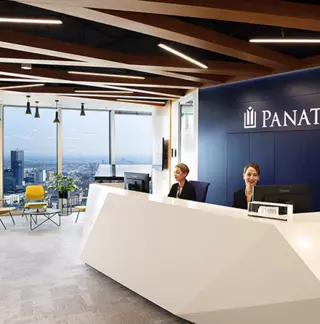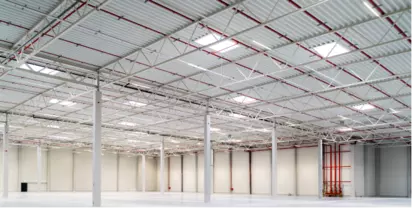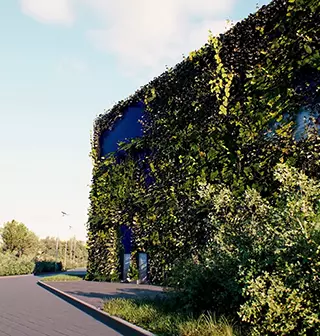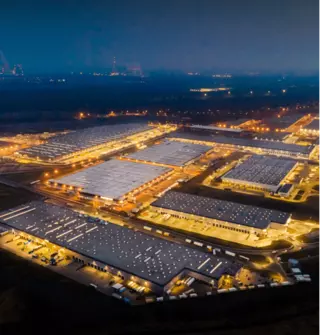
In Germany, France, and the Czech Republic, they now account for more than half of all projects carried out. In total, such investments currently account for one-third of the total area delivered for use by Panattoni in Europe and fit perfectly into the developer's sustainable development strategy.
Interest in post-industrial areas is growing.
Demand for warehouses in well-connected urban areas has been growing at an annual rate of 15-20 percent for several years now, and the revitalization of post-industrial areas will be one of the main trends in the warehouse market in the coming years. The share of such investments is also confirmed by a Panattoni survey based on the developer's portfolio for 2020-2022. In Germany, Panattoni's investments in post-industrial areas accounted for a significant majority, as much as 70 percent. In the Czech Republic, this share increased from 38 percent in 2020 to 60 percent in 2022, and in Slovakia, it increased from 66 percent to 80 percent. In France, the Netherlands, and Belgium, brownfield investments accounted for at least half of the investment portfolio on average in 2020-2022. In Poland, the percentage of investments in post-industrial areas by the company was 33 percent in 2022.
This summer, Panattoni will start building a park in the Grand Paris Sud industrial zone. It is one of the largest industrial markets in France with limited access to new land. The park will be built on the site previously occupied by a concrete factory and a building materials warehouse. The developer has planned to transform this area into a modern logistics center serving the rapidly growing e-commerce market in France. As part of the revitalization, new buildings will be constructed with facades made of recycled materials, 60% of the industrial space will have photovoltaic panels installed on the roofs, and the roofs of office buildings will be covered in vegetation.
Sustainable development through revitalization. Brownfield investments bring resources and spaces back to life that have been unused for years, and their reuse contributes to environmental protection. "Land reclamation and the revitalization of areas where brownfield investments are located are one of the elements of responsible land management in the EU member states and its sustainable development policy. We restore degraded areas to their original functions while conducting a range of activities related to environmental and local ecosystem protection. In this way, we contribute to reducing CO2 emissions, creating jobs, and improving the quality of life of local communities," says Piotr Kociołek, Environmental Director at Panattoni.
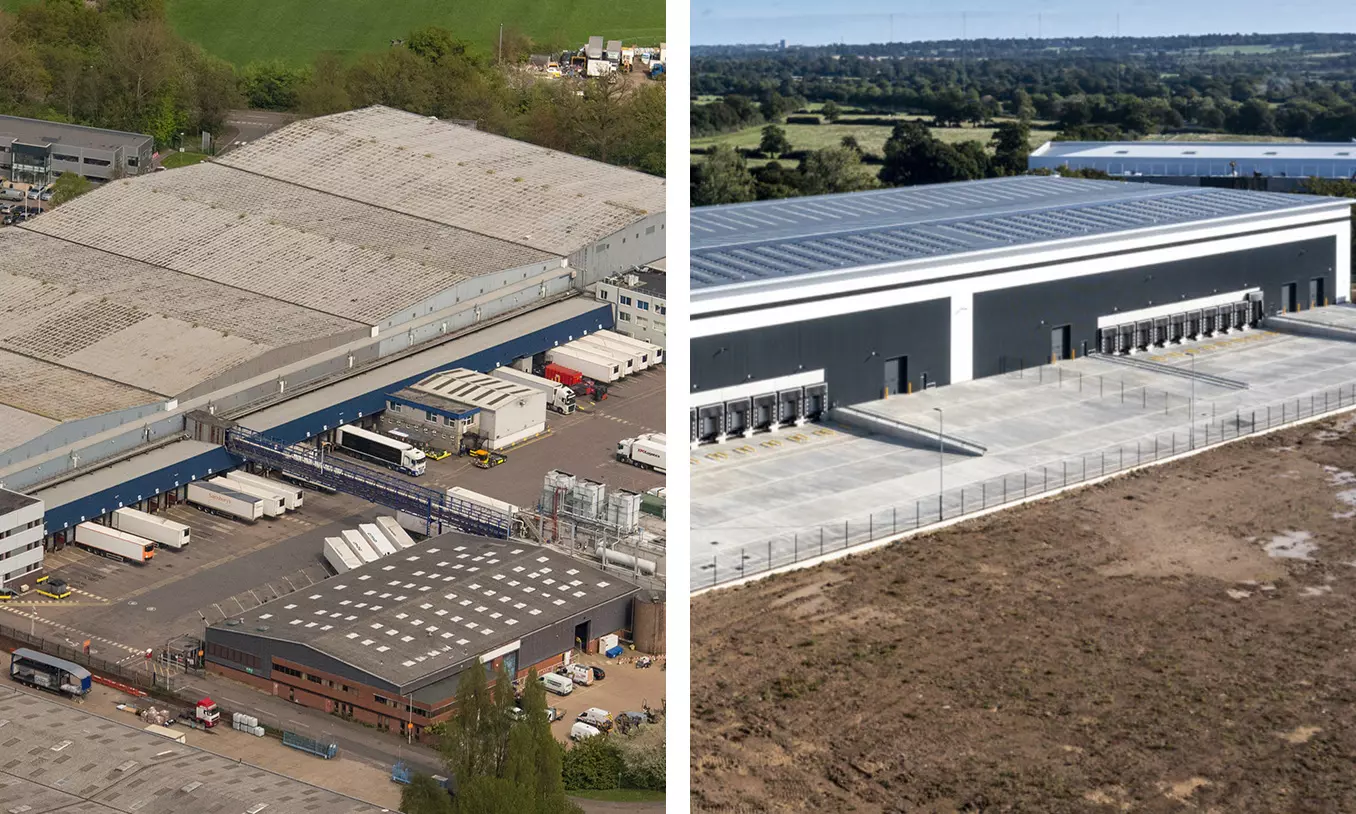
Brownfield in Borehamwood, UK
The remediation of post-industrial areas includes, among other things, the removal of soil pollution, soil stabilization, and the introduction of new plant species. This makes them safe for people and environmentally friendly again, while their aesthetic and utility value increases. In 2020, the soil remediation process began at Panattoni Park Slough in the UK. ICI Paints, which previously operated on this site, left behind soil heavily contaminated with solvents, hydrocarbons, and paint waste. Another example is the German Panattoni Campus Hanover City Centre, which is being built on a 130-year-old industrial site contaminated with artifacts from World War II. Revitalization work has been ongoing for a year, and most of the demolition material will be used to underlay the hall. The land on which City Logistics Katowice was built in Poland was also subjected to remediation. The plot is located in a historic mining and metallurgical area, and the soil here was partially contaminated with petroleum substances and heavy metals. The developer remediated about 2,000 cubic meters of soil at a cost of EUR 330,000.
The implementation of such investments also contributes to the reduction of energy, water, and other resource consumption. The new facilities built on post-industrial sites follow the principles of a closed-loop economy and are more energy-efficient, which translates into a reduction of their negative impact on the environment. Like all other Panattoni facilities, they undergo environmental certification, currently at the BREEAM Excellent level. The first investment in Poland to achieve such a high rating was the brownfield investment - Panattoni Park Sosnowiec I, located on the site of a former glassworks.
In Mannheim Ost, Ladenburg in Germany, Panattoni built a facility for logistics operator neska, which received a certification from the German Sustainable Building Association at the gold level (DGNB Gold). A new habitat for a local species of lizards was created on the investment site, demonstrating a harmonious balance between development and environmental protection.

Investment in Ladenburg in Germany towards a circular economy. During the transformation of post-industrial areas, many building materials are recycled or reused, reducing the need for new resources and decreasing waste. In the construction of City Logistics Kraków in Poland at a former concrete factory in Nowa Huta, 90% of waste was recycled. In the case of Panattoni Park Ostrov North in the Czech Republic, which was built on the site of the closed Škoda Ostrov trolleybus factory, 98.7% of the demolition materials were processed into secondary raw materials, and 96.7% of them were reused on site, reducing the transportation of materials for construction by about 10,300 trucks.
As noted by Emilia Dębowska, Sustainability Director at Panattoni: "Revitalizing post-industrial areas is an important step towards a green future. Brownfield investments reduce resource consumption and CO2 emissions, improve the quality of life for local communities, and protect the natural environment. By implementing these types of investments throughout Europe, Panattoni demonstrates its determination to achieve sustainable goals at both the local and global levels. It can be expected that the proportion of brownfield projects in the total number of development projects will continue to grow."
[1] Newmark: https://nmrk.pl/coraz-wiecej-magazynow-powstaje-na-terenach-typu-brownfield




